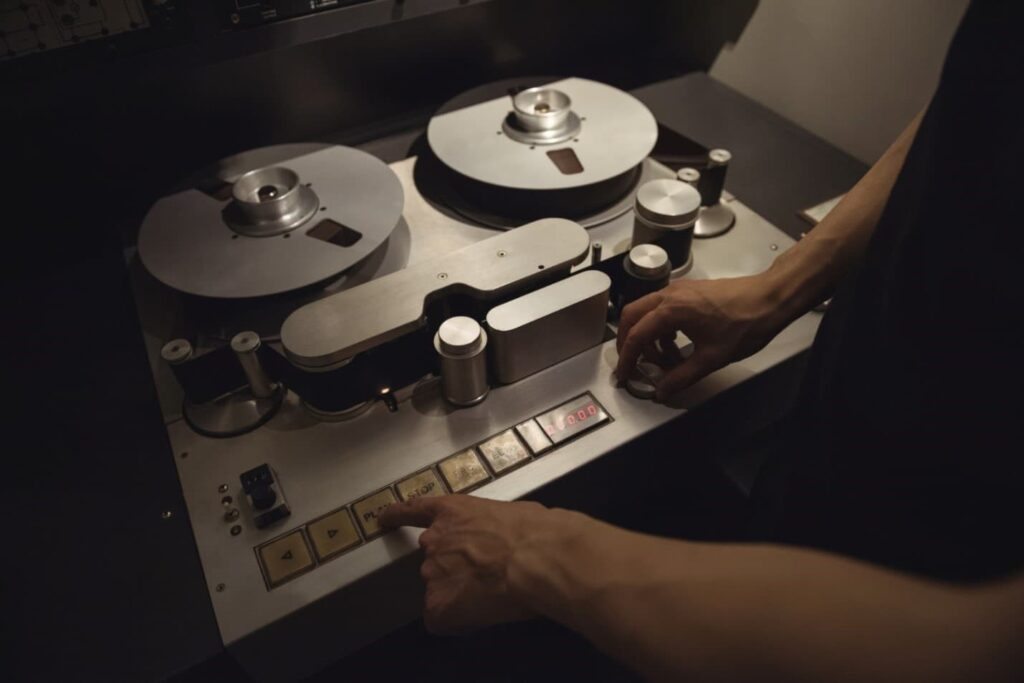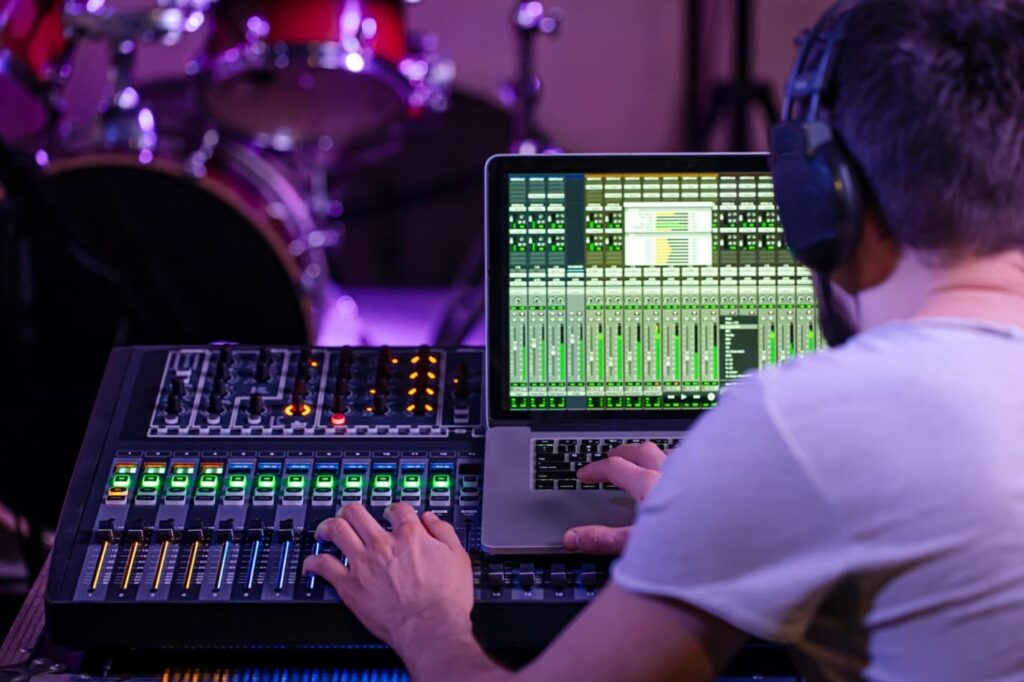Rock music has always been synonymous with rebellion and innovation. Over the decades, it has evolved in both style and production techniques. One of the most significant driving forces behind this evolution has been technology. In this article, we will delve into the transformative impact of technology on rock music production, from the days of analog recording to the current digital era.
The Analog Era of Rock Music Production
In the early days of rock and roll, technology was limited. Recording studios relied on analog equipment such as tape machines, mixing consoles, and analog effects processors. These tools, while groundbreaking at the time, had their limitations.
One of the key drawbacks of analog recording was the need for physical tape. Editing and splicing tape were time-consuming tasks requiring multiple takes to achieve the desired sound. Bands had to perform flawlessly in the studio, as overdubbing was complex and expensive.
Before diving into the advancements in recording technology, it’s essential to recognize the influence of technology on the instruments themselves. The advent of the electric guitar, made possible by innovations like the solid-body design by Les Paul and the development of amplifiers, radically changed the sound of rock music.
The Digital Revolution
The late 20th century saw a paradigm shift in rock music production with the introduction of digital technology. Digital audio workstations (DAWs) like Pro Tools and software synthesizers allowed for unprecedented flexibility and creativity in the studio. Bands could now experiment with sounds and arrangements more freely.
One of digital technology’s most notable impacts on rock music was the ability to sample and manipulate sounds. Artists began incorporating electronic elements and synthesizers into their music. Bands like Radiohead and Nine Inch Nails used technology to blend genres, creating a fusion of rock and electronic music.
As technology advanced, even more possibilities emerged, including exploring new gaming and entertainment horizons. If you’re interested in gaming, you might want to check out https://playfortunefor.fun/casino/play-fortuna/, a platform that combines technology and entertainment seamlessly.
Integrating drum machines and MIDI controllers allowed for precise and programmed beats, which became a hallmark of certain rock subgenres, including industrial and alternative rock.
The Internet and Music Distribution
One of the most significant shifts brought about by the internet was the empowerment of independent rock bands and artists. Gone were the days when musicians had to rely solely on record labels for exposure. Platforms like Bandcamp, SoundCloud, and YouTube allow artists to upload their music directly, reaching a global audience without intermediaries.
The rise of streaming services like Spotify, Apple Music, and Pandora revolutionized how rock music was consumed. These platforms offered access to vast music libraries at the touch of a button. Both established and emerging rock bands now had the opportunity to showcase their work to millions of listeners.
Moreover, streaming data allowed musicians to gain insights into their audience’s listening habits. This data-driven approach helped artists make informed decisions about their music, touring locations, and merchandise designs.
The internet’s global reach also facilitated cross-border collaborations among rock musicians. Artists worldwide could connect and create music together, transcending geographical boundaries. This globalization of collaboration led to new subgenres and unique rock fusions with various musical traditions.

Modern Recording Techniques
In the 21st century, technology has continued to shape rock music production. With virtual instruments and amp simulators, musicians can achieve a wide range of tones and textures without expensive equipment. This accessibility has leveled the playing field for aspiring rock artists.
If you’re curious about how technology influences payment options in various industries, including gaming and entertainment, you might explore https://playfortunefor.fun/payments/ripple/. It’s a fascinating example of technology’s impact on financial transactions.
Another remarkable development is the ability to collaborate remotely. Rock bands can now work with producers, engineers, and fellow musicians worldwide. This has led to cross-genre experimentation and the emergence of unique sounds that transcend geographical boundaries.
Conclusion
The fusion of rock and technology has opened doors for musicians, enabling them to explore new sonic territories and connect with audiences in ways that were once unimaginable. As we celebrate past achievements and look forward to what lies ahead, one thing is certain: technology will remain an integral part of the ever-evolving world of rock music production.
In the spirit of innovation, technology continues to shape the future of rock music. From recording techniques to distribution methods, it’s a dynamic journey that showcases the resilience and creativity of artists who harness the power of technology to rock the world.
